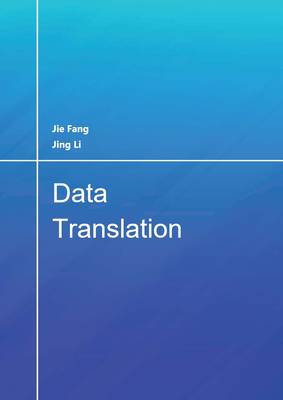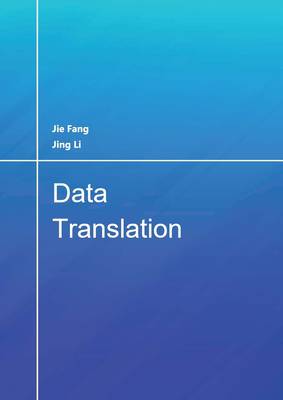
- Afhalen na 1 uur in een winkel met voorraad
- Gratis thuislevering in België vanaf € 30
- Ruim aanbod met 7 miljoen producten
- Afhalen na 1 uur in een winkel met voorraad
- Gratis thuislevering in België vanaf € 30
- Ruim aanbod met 7 miljoen producten
Omschrijving
Modern software always has a multiple-level hierarchical architecture and complex structure, and it also involves a variety of third-party modules and tools. Data translating and interfacing therefore play an import role among different modules and tools. A model base data translation is described in the book for the purpose of correctness, complete and consistency on both syntax and semantic levels.
An information model is conventionally built in order to capture the requirements and structure of information at a conceptual level. This book explores ways of exploiting information models. In this particular case, the intent is to investigate how information models may be mapped in order to automate the process of generating data translators.
The work focuses on an examination of issues relating to the development of data translators, which generate output in the 2D graphical domain. The book describes the development of two data translators, which provide appropriate case studies. An information model describing the target of the translation was created and formal mappings were developed between two other information models and the target model. The mappings were then evaluated through the manual development of two translators to implement the mappings.
Specificaties
Betrokkenen
- Auteur(s):
- Uitgeverij:
Inhoud
- Aantal bladzijden:
- 110
- Taal:
- Engels
Eigenschappen
- Productcode (EAN):
- 9781913558017
- Verschijningsdatum:
- 31/12/2020
- Uitvoering:
- Paperback
- Formaat:
- Trade paperback (VS)
- Afmetingen:
- 210 mm x 297 mm
- Gewicht:
- 285 g

Alleen bij Standaard Boekhandel
Beoordelingen
We publiceren alleen reviews die voldoen aan de voorwaarden voor reviews. Bekijk onze voorwaarden voor reviews.











